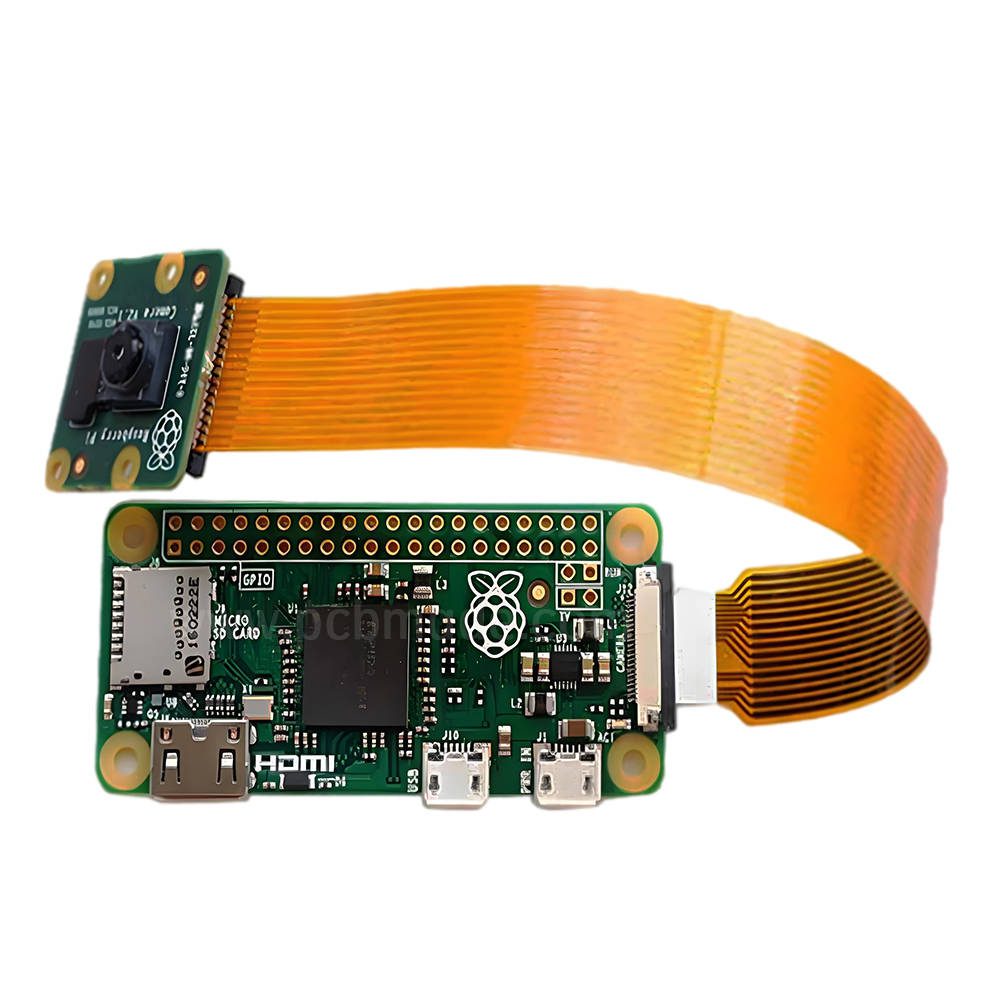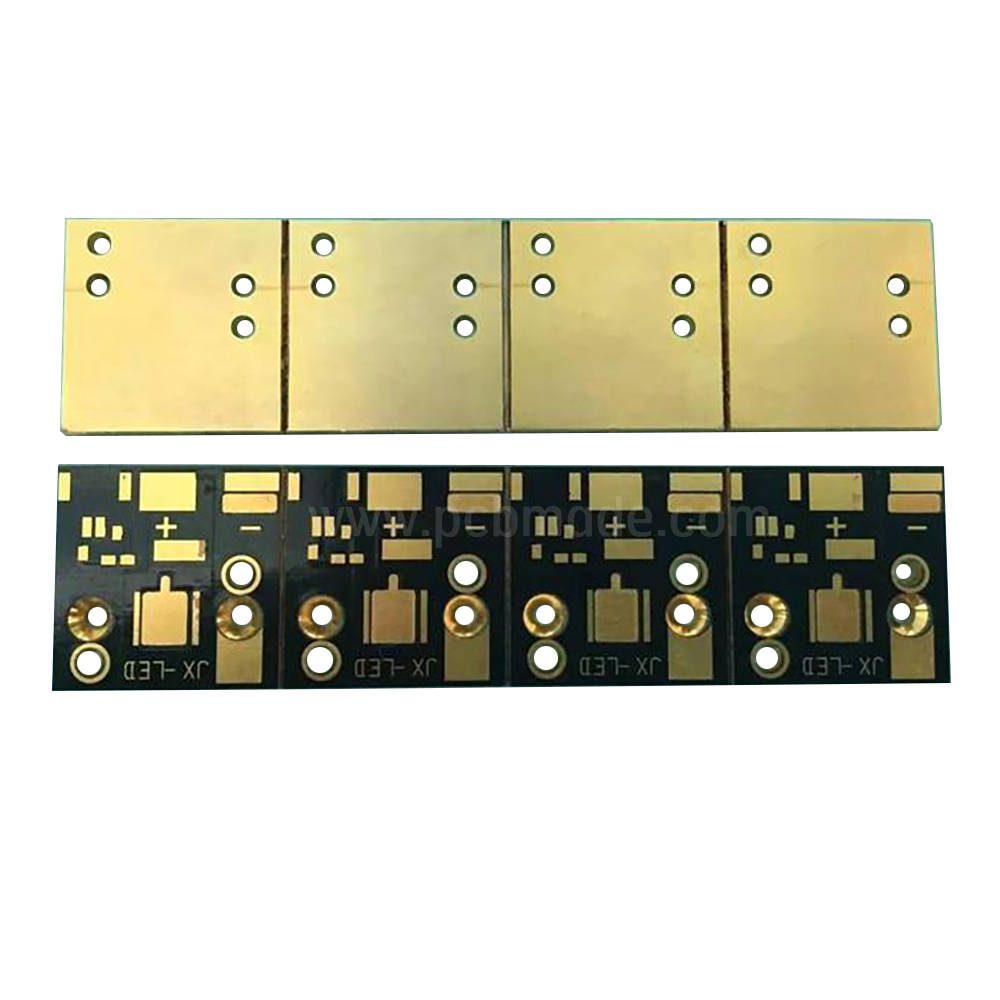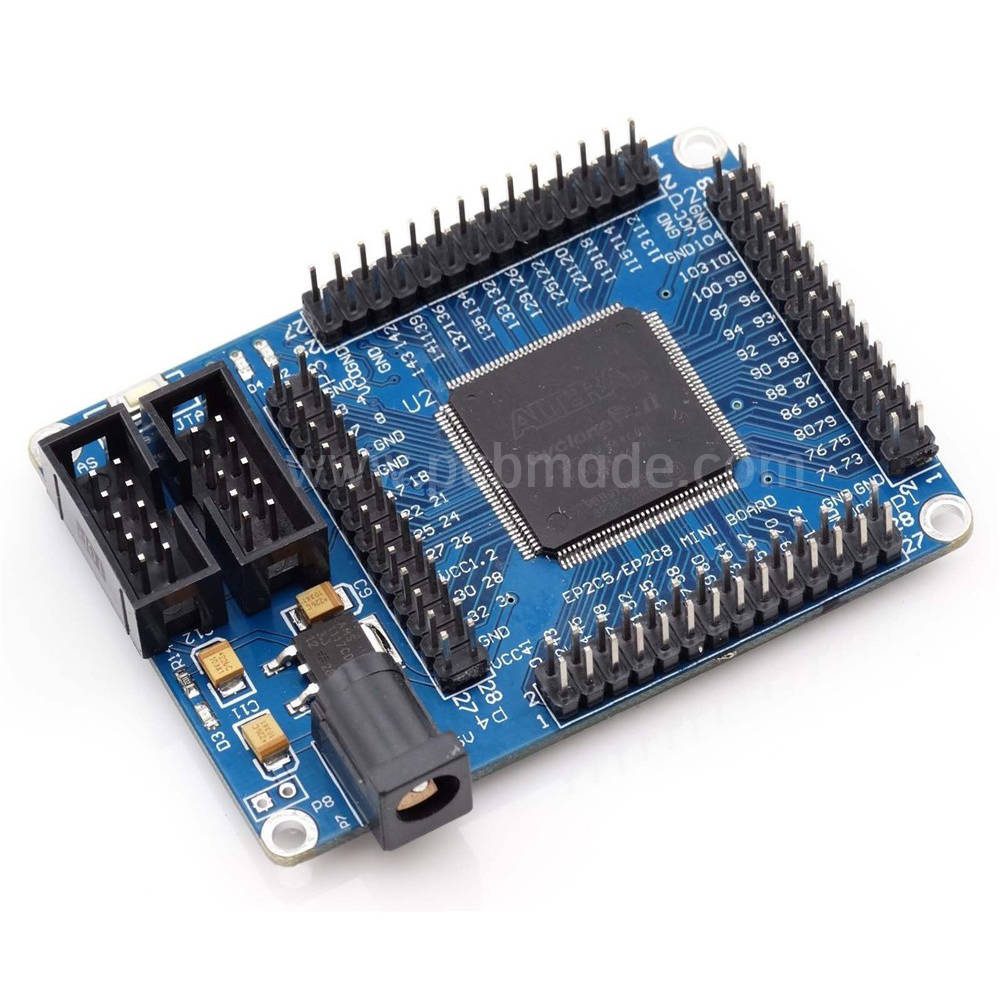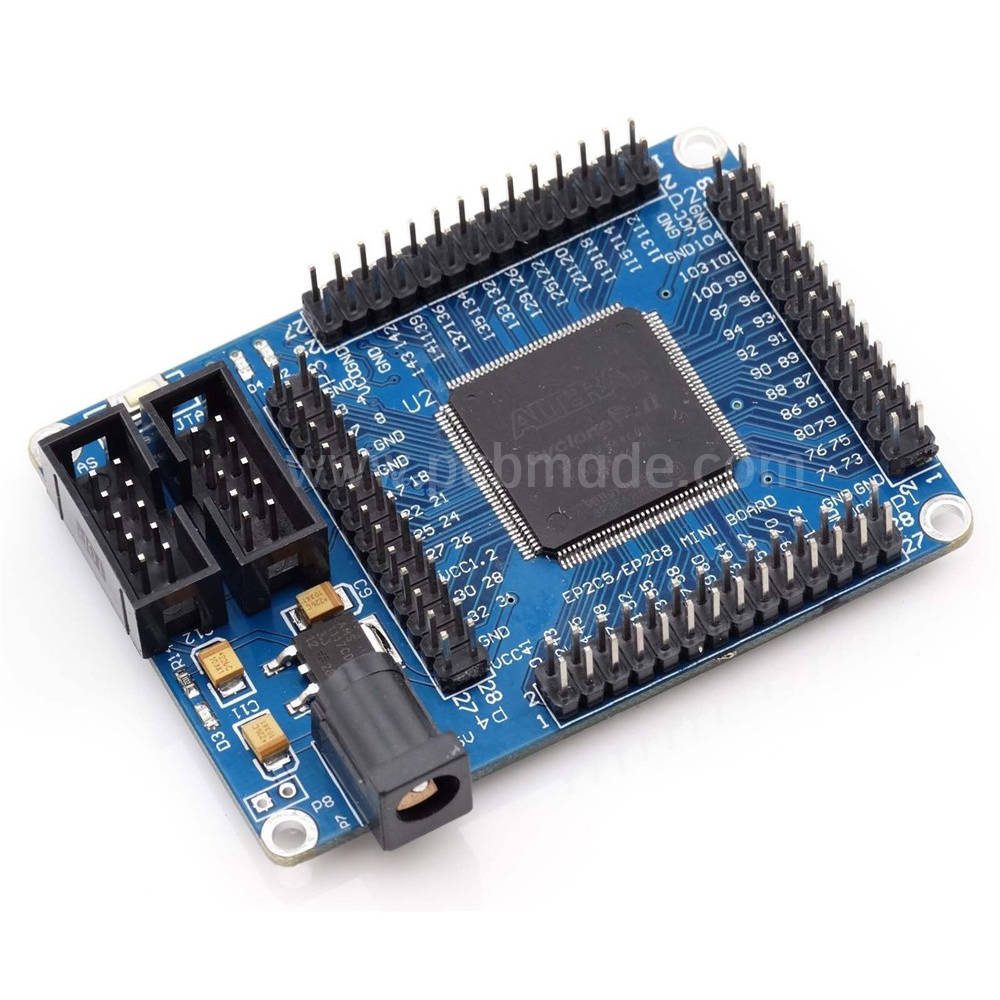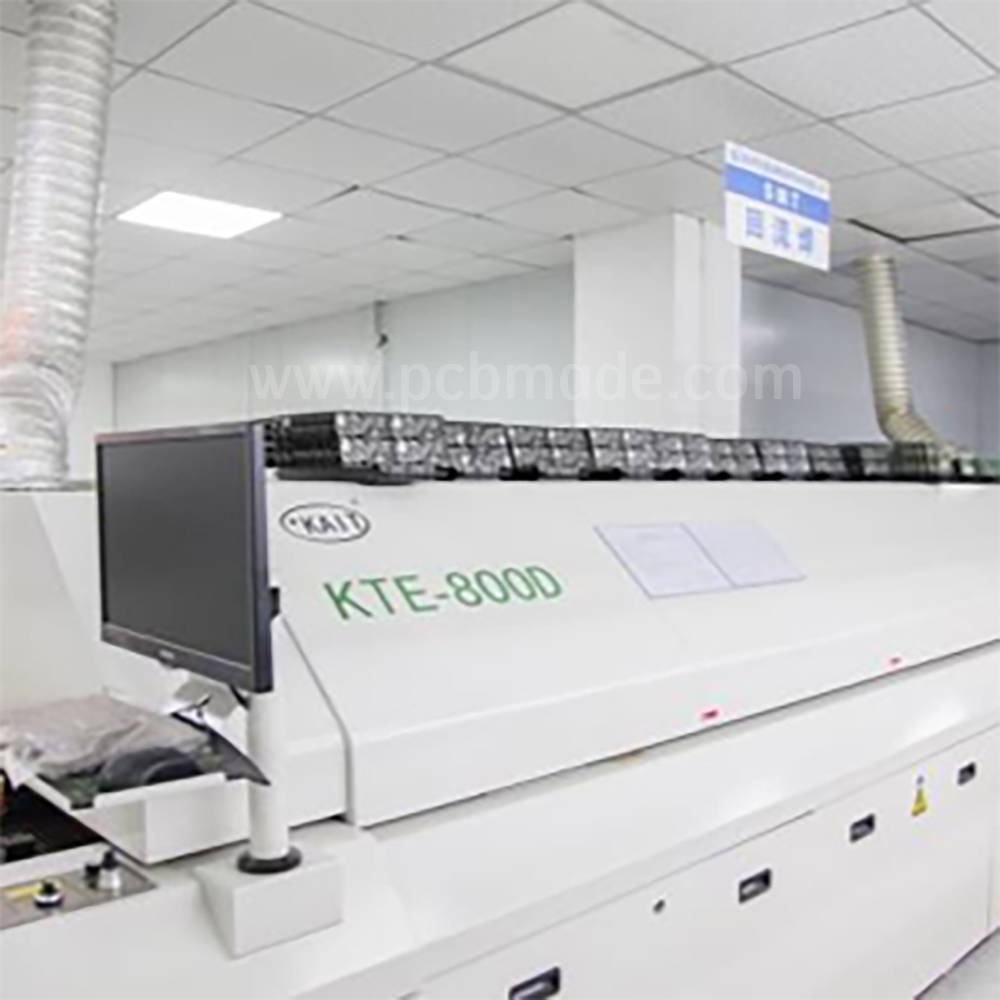PCB (Printed Circuit Board) short circuit refers to an electrical connection between two or more points on a circuit board that should not have been connected, resulting in circuit abnormalities. Here are some common reasons for PCB short circuits:
1. Excessive or excessive flow of solder: During the welding process, if too much solder is used or flows excessively, it may cause the solder to cross between two contact points and form a short circuit.
2. Uneven solder: During the welding process, if the solder distribution is uneven or the local concentration is too high, it may cause improper electrical connections and form short circuits.
3. Design defects in solder pads: If the layout of solder pads in PCB design is unreasonable or has defects, it may cause the solder to flow to the wrong connection position during soldering, resulting in a short circuit.
4. Component installation error: During component installation, if there is a wrong installation or component position deviation, it may cause the pins of the component to accidentally connect with other contact points, resulting in a short circuit.
5. Metal shavings or foreign objects: During the PCB manufacturing process, if there are metal shavings, foreign objects, or welding slag that have not been cleaned thoroughly, it may cause a short circuit.
6. Environmental factors: External factors such as humidity or dust may also cause short circuit problems on PCBs.
7. PCB interlayer short circuit: Short circuits between different layers of the PCB may be caused by damage to the interlayer insulation layer, residue in the holes, and other reasons.
The above are some common causes of PCB short circuits, which should be closely monitored during the PCB manufacturing and assembly process, and corresponding preventive measures should be taken to ensure the quality and reliability of the circuit board.




